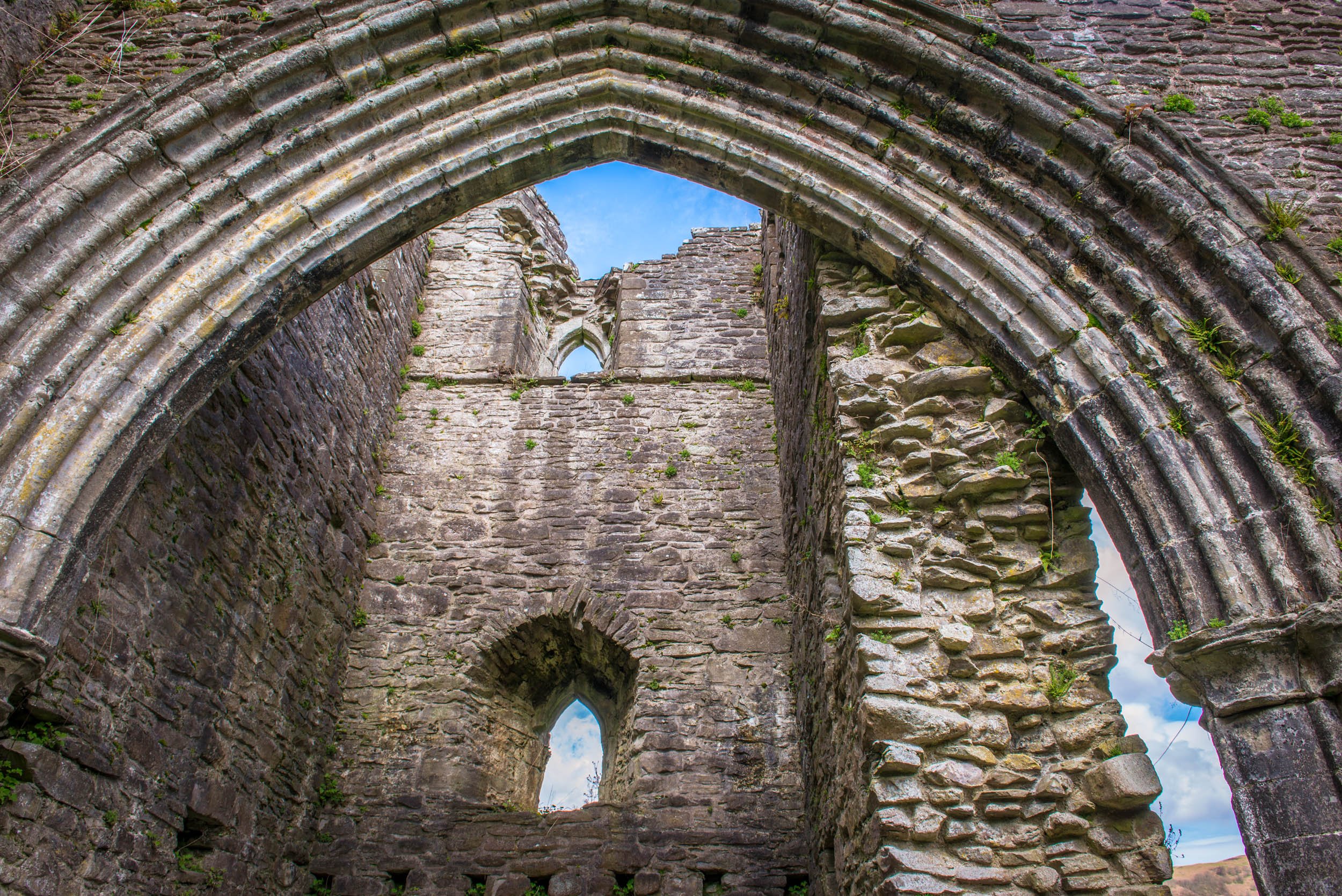Clan Colquhoun
This old-established family in Dumbartonshire had extensive land-holdings around Loch Lomond. One famous historical event connected with them is the Battle of Glen Fruin in the winter of 1602-3. Accounts vary, but the episode seems to have started when two Macgregors, travelling back to their lands near Inversnaid, became benighted and were refused accommodation by the local Colquhouns near Luss.
They then killed and ate a Colquhoun sheep. For this they were subsequently hanged, some say after having payment for their ‘dinner’ turned down.
Though discussion about compensation was said to have been started between the two parties at a meeting in Glen Fruin, the upshot was a pitched battle with around 300 on either side. The clan leader Alastair Macgregor's battle experience proved successful. He split his forces to attack the Colquhouns front and rear. Some say 140 Colqhouns were slain and only two from the Clan Gregor. They followed this up by burning and pillaging all the lands around Luss - and even murdering a party of schoolboys from Dunbarton who had turned up to watch the fight!
After a deputation of Colquhoun widows had lobbied King James VI - by waving bloodied shirts at him - retribution followed on. The horrified King gave orders for the punishment of the clan. Their houses were burned, their name proscribed and they were hunted down relentlessly. Alastair Macgregor, their chief, was betrayed by the Campbell Earl of Argyllshire and was hanged in Edinburgh.
Among a distinguished line of chiefs, Sir John Colquhoun 19th of Luss was a necromancer, dabbling in black magic, and the last known to openly practise witchcraft. Later, Sir James Colquhoun 25th of Luss, was one of the earliest officers in the famous regiment, the Black Watch. He went on to found the attractive town of Helensburgh, named after his wife Lady Helen Colquhoun, sister of the 17th Earl of Sutherland.
“Si Je Puis”



